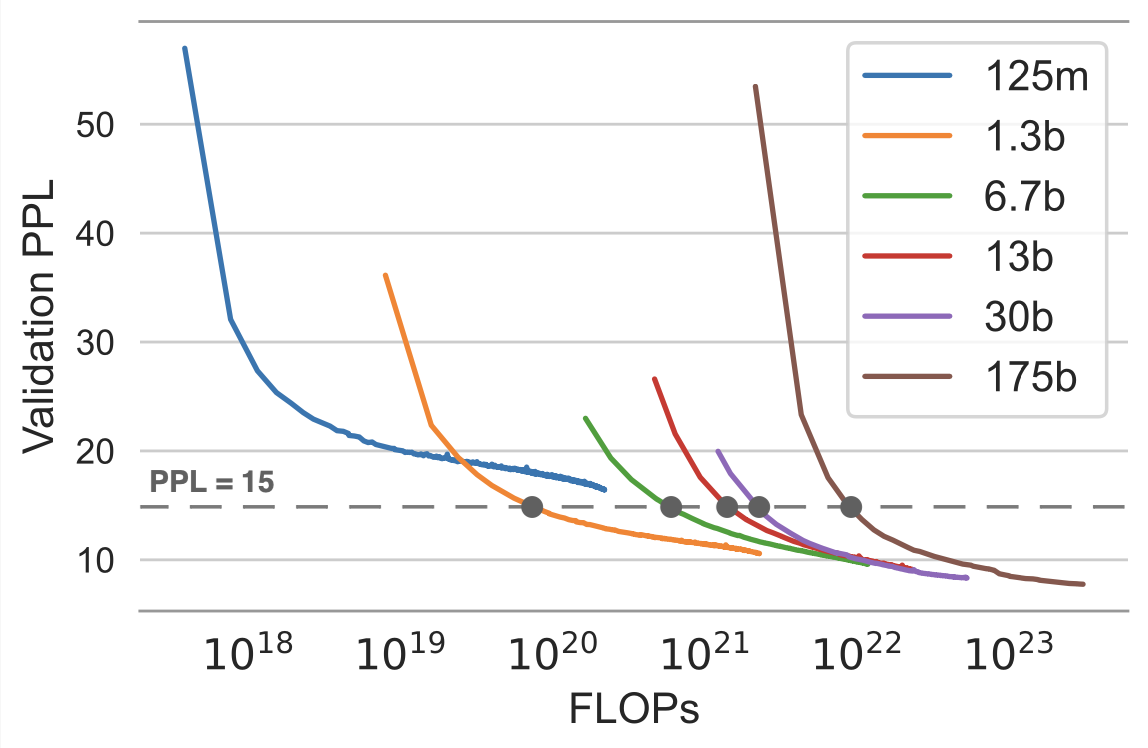Training Trajectories of Language Models Across Scales
Scaling up language models has led to unprecedented performance gains, but little is understood about how the training dynamics change as models get larger. How do language models of different sizes learn during pre-training? Why do larger language models demonstrate more desirable behaviors? In this paper, we analyze the intermediate training checkpoints of differently sized OPT models (Zhang et al.,2022)--from 125M to 175B parameters--on next-token prediction, sequence-level generation, and downstream tasks. We find that 1) at a given perplexity and independent of model sizes, a similar subset of training tokens see the most significant reduction in loss, with the rest stagnating or showing double-descent behavior; 2) early in training, all models learn to reduce the perplexity of grammatical sequences that contain hallucinations, with small models halting at this suboptimal distribution and larger ones eventually learning to assign these sequences lower probabilities; 3) perplexity is a strong predictor of in-context learning performance on 74 multiple-choice tasks from BIG-Bench, and this holds independent of the model size. Together, these results show that perplexity is more predictive of model behaviors than model size or training computation.
PDF Abstract


 The Pile
The Pile
 BIG-bench
BIG-bench